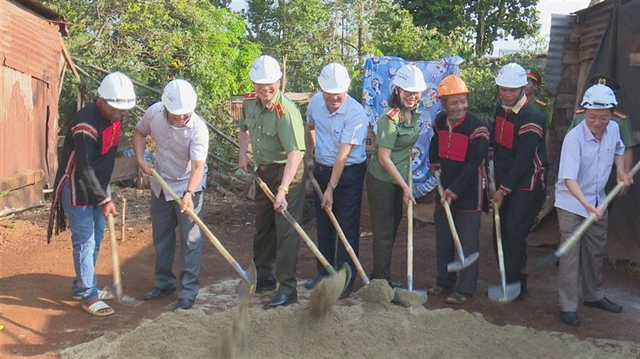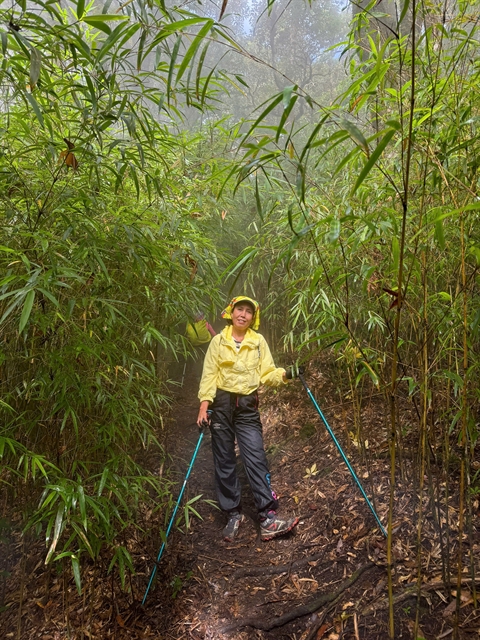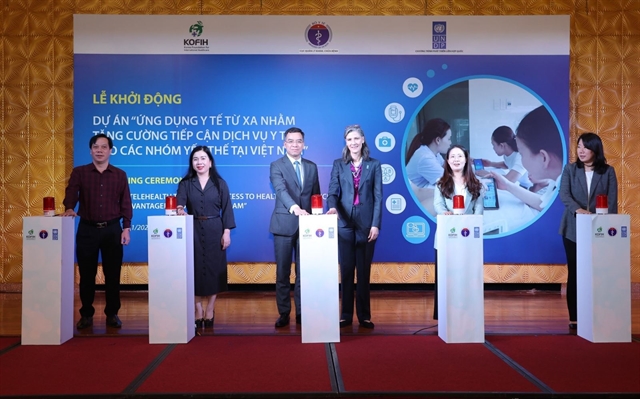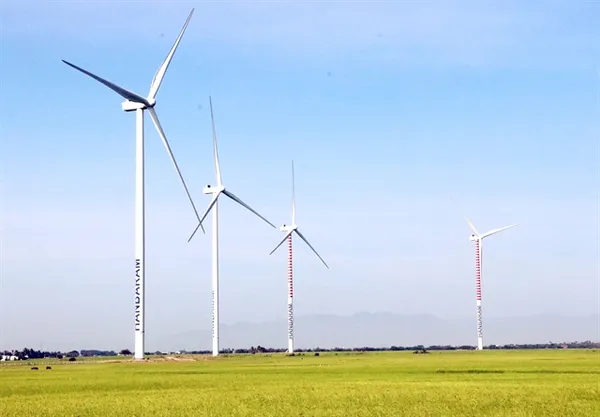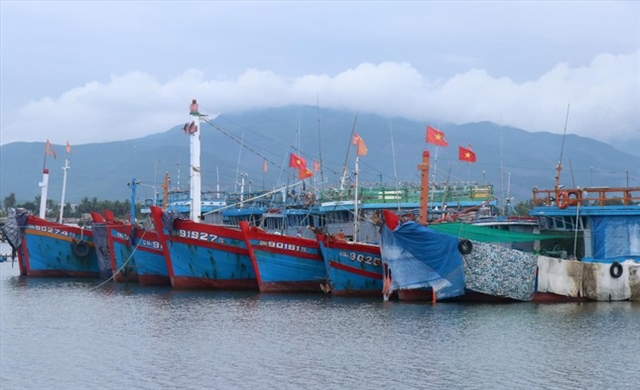 Economy
Economy

The EU-Việt Nam Free Trade Agreement (EVFTA) is expected to boost Việt Nam's exports, especially agricultural and aquatic products that already have competitive advantages in the European market. However, the domestic agricultural sector will face challenges when penetrating this market of over 800 million people.
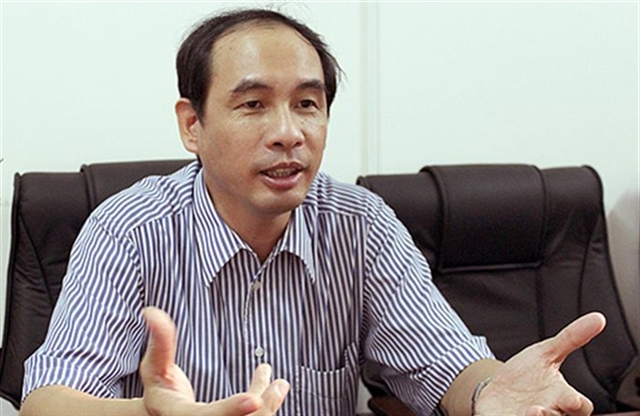
|
| Đào Thế Anh, Deputy Director of Việt Nam Academy of Agricultural Science |
The EU-Việt Nam Free Trade Agreement (EVFTA) is expected to boost Việt Nam's exports, especially agricultural and aquatic products that already have competitive advantages in the European market. However, the domestic agricultural sector will face challenges when penetrating this market of over 800 million people.
Đào Thế Anh, Deputy Director of the Việt Nam Academy of Agricultural Science, speaks to the Vietnam News Agency about those issues.
What opportunities will the EVFTA offer the agricultural sector in Việt Nam?
The European Union (EU) is an important market for Việt Nam's agricultural exports. In 2018, Việt Nam's farming export turnover to the EU was over US$22.7 billion, accounting for over 15 per cent of Việt Nam's total agricultural export revenue.
The EVFTA will allow tariff reductions for local agricultural products, increasing competitiveness in export markets and the EU, so export turnover will continue to increase.
The European market is very fond of Southeast Asian agricultural products, especially seafood, fruits and rice. However, among Southeast Asian countries, EU customers are most aware of Thai agricultural products. The EVFTA is expected to create chances for more Vietnamese agricultural products to reach EU customers.
Europe is also one of the markets with the highest quality and food safety requirements in the world. Therefore, those requirements will help Việt Nam's agricultural sector, especially processing firms, gradually increase professionalism in production and processing of export farming products.
Are non-tariff barriers the biggest challenge for our country's agriculture sector?
Despite advantages from reductions in tax, Vietnamese agricultural products may find it difficult to enter the EU market because of non-tariff barriers such as food safety standards and quality control. Fresh exports to the EU must all have a Global Gap (Global Good Agricultural Practices) certificate.
To get this certification, businesses and cooperatives must build concentrated planting areas. In addition, the stages of preliminary processing must meet the HACCP (Hazard Analysis and Critical Control Points) certificate. These are all standards at the highest level.
Regarding food safety, Europe has scientific management and regular updates of risks, so besides learning by themselves, local businesses need support from the State in updating information and training to keep up with modern management in food safety and quality of the European market.
At present, Vietnamese enterprises still lack information about those trade barriers. After the EVFTA was signed, many European businesses sought suppliers of Vietnamese food products but they required those products to have Global Gap and HACCP certificates, as well as plant and animal breeds with intellectual property protection and clear origin.
Many businesses still do not know about these requirements, therefore, it is essential to communicate to them about food safety standards in Europe.
Moreover, goods entering the European market must comply with intellectual property regulations. Việt Nam has now exported to Europe 41 products with protected geographical indications in Việt Nam, while 171 European products have protected geographical indications in the domestic market. This means the products with protected geographical indications, such as Quảng Trị pepper and Bình Phước cashew, have a great opportunity to export to the EU. However, most businesses do not know about this opportunity.
In the process of integration, local enterprises will face increased competition. What can local exporters do to survive?
To enter the European market, the first thing the import-export enterprises need to understand is the laws of import/export countries, especially intellectual property laws. The legal system is the basis for resolving complaints or questions.
For agricultural exports to Europe, origin is also important. Therefore, local businesses and cooperatives must comply with regulations on transparency and product origin. Now, electronic traceability facilities such as QR Codes and Blockchain will help us avoid counterfeit goods. They will also reduce risks of unfair competition.
What solutions are available to ensure traceability of raw materials for export products?
If an enterprise wants to export its products to the EU, it needs Global Gap certification for those products. To get this certification, it must have a concentrated production region or a network of farms and cooperatives developed under Global Gap standards. That means it must reorganise production.
Now, Việt Nam has a production area code certificate issued by the Ministry of Agriculture and Rural Development, having standards approaching Global Gap. Therefore, businesses need to sign contracts to purchase raw material with farms and cooperatives that are granted the production area code.
It is necessary to have cooperation between businesses and cooperatives for sustainable development of an agricultural product supply for export to the European market.
What policies can ensure smooth bilateral trade and also protect the interests of domestic businesses and products?
The State should strengthen legal knowledge for local businesses. Many cooperatives have eligible products for export but the cooperatives’ leaders cannot speak foreign languages so the State needs to strengthen training in this respect.
Leaders of businesses and cooperatives also need more training on information technology in the context of e-commerce development. These are new skills, as well as a focus on how to produce well in the field and how to manage value chains including post-harvest technology and understanding of the world market. - VNS

